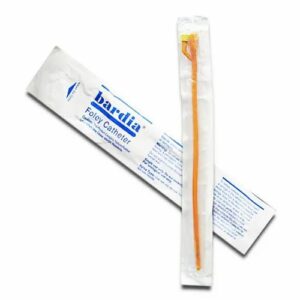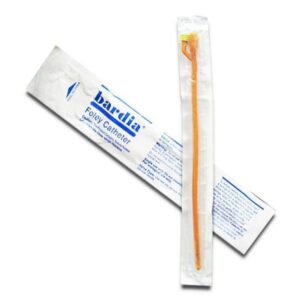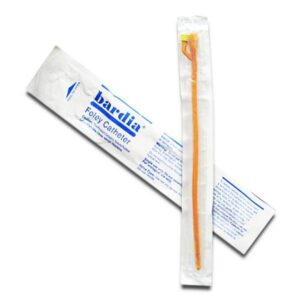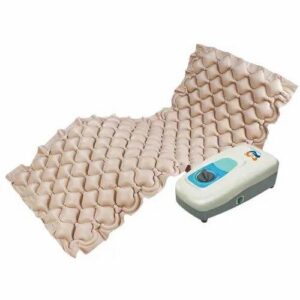FOLEY BALLOON CATHETER + CATHETER
Foley Balloon Catheter: The Foley Balloon Catheter is a medical device used for drainage and irrigation of the urinary bladder. It is especially useful in cases where temporary urinary retention is necessary, such as during surgical procedures or postoperative care.
The mechanism of action of the Foley Balloon Catheter involves the placement of a flexible tube or catheter through the urethra into the bladder. The catheter has two lumens, one for drainage and the other to inflate a balloon on the tip of the catheter once it is inside the bladder. The inflated balloon prevents the catheter from slipping out of the bladder, ensuring secure placement.
The recommended dose and duration of use of the Foley Balloon Catheter vary depending on the specific medical condition and the healthcare provider’s instructions. It is crucial to follow medical guidance regarding insertion, maintenance, and removal procedures to minimize the risk of complications.
Side effects associated with the use of the Foley Balloon Catheter can include discomfort, pain, or irritation at the insertion site. In some cases, patients may experience bladder spasms, which can cause urgent or frequent urination. There is also a risk of catheter-associated urinary tract infections (CAUTIs) due to bacteria entering the urinary system through the catheter. Proper hygiene, regular cleaning, and appropriate care are necessary to minimize these risks.
It is important to consult with a healthcare professional for personalized instructions and to address any concerns or potential side effects associated with the Foley Balloon Catheter.
Catheter: I’m sorry, but I cannot provide information on the drug Catheter as it is not a medication. A catheter is a medical device used to access and drain fluids from the body, such as urine or blood, or to administer medications or fluids directly into a specific area. It is a thin, flexible tube made of various materials, including rubber, plastic, or silicone.
The use of a catheter is determined by the specific medical condition being treated. Some common uses include urinary catheters for patients with urinary retention or incontinence, central venous catheters for intravenous administration of medications or fluids, and cardiac catheters for diagnostic purposes or to perform procedures like angioplasty.
Since a catheter is not a drug, it does not have a mechanism of action, dose, or side effects typically associated with medications. However, the insertion and use of a catheter can potentially cause complications, such as infection, bleeding, blood clots, damage to surrounding tissues, and discomfort. These risks can vary depending on the type and duration of catheter use, as well as the individual patient’s condition.
It is important to note that the use of a catheter should be supervised and performed by trained healthcare professionals to minimize the risk of complications and ensure proper care.




